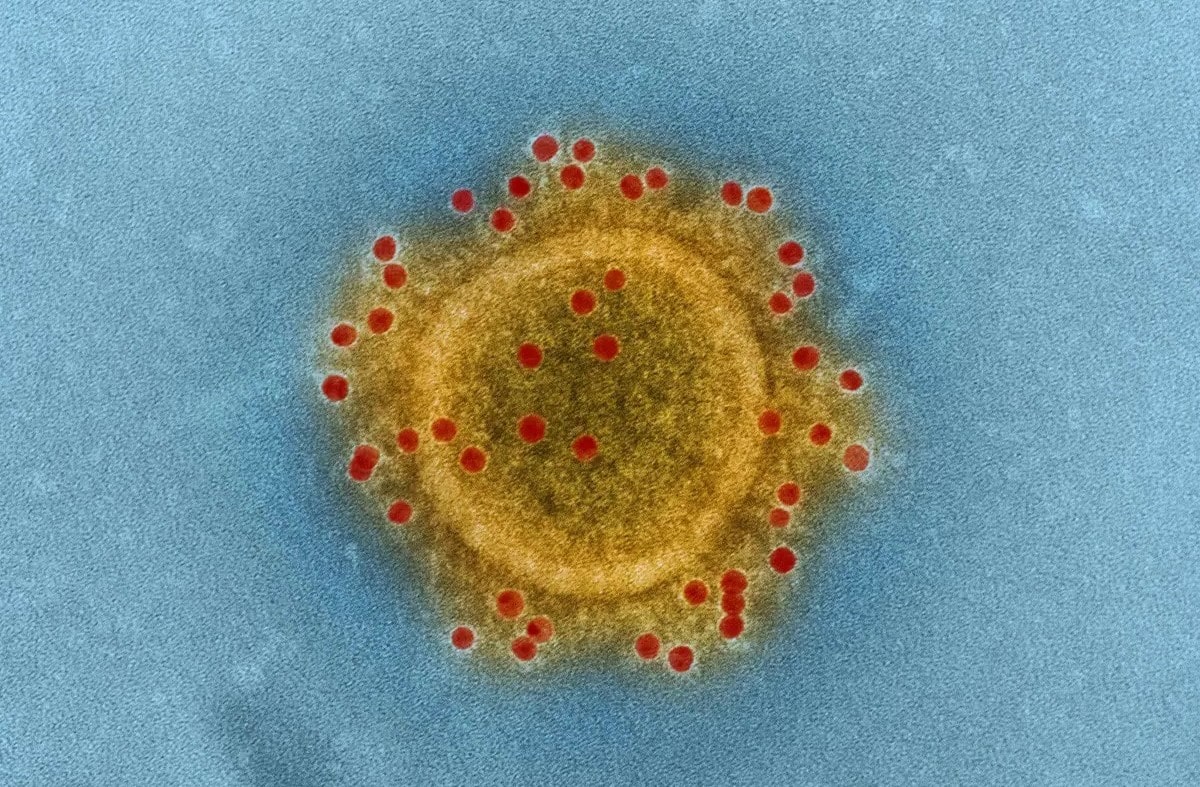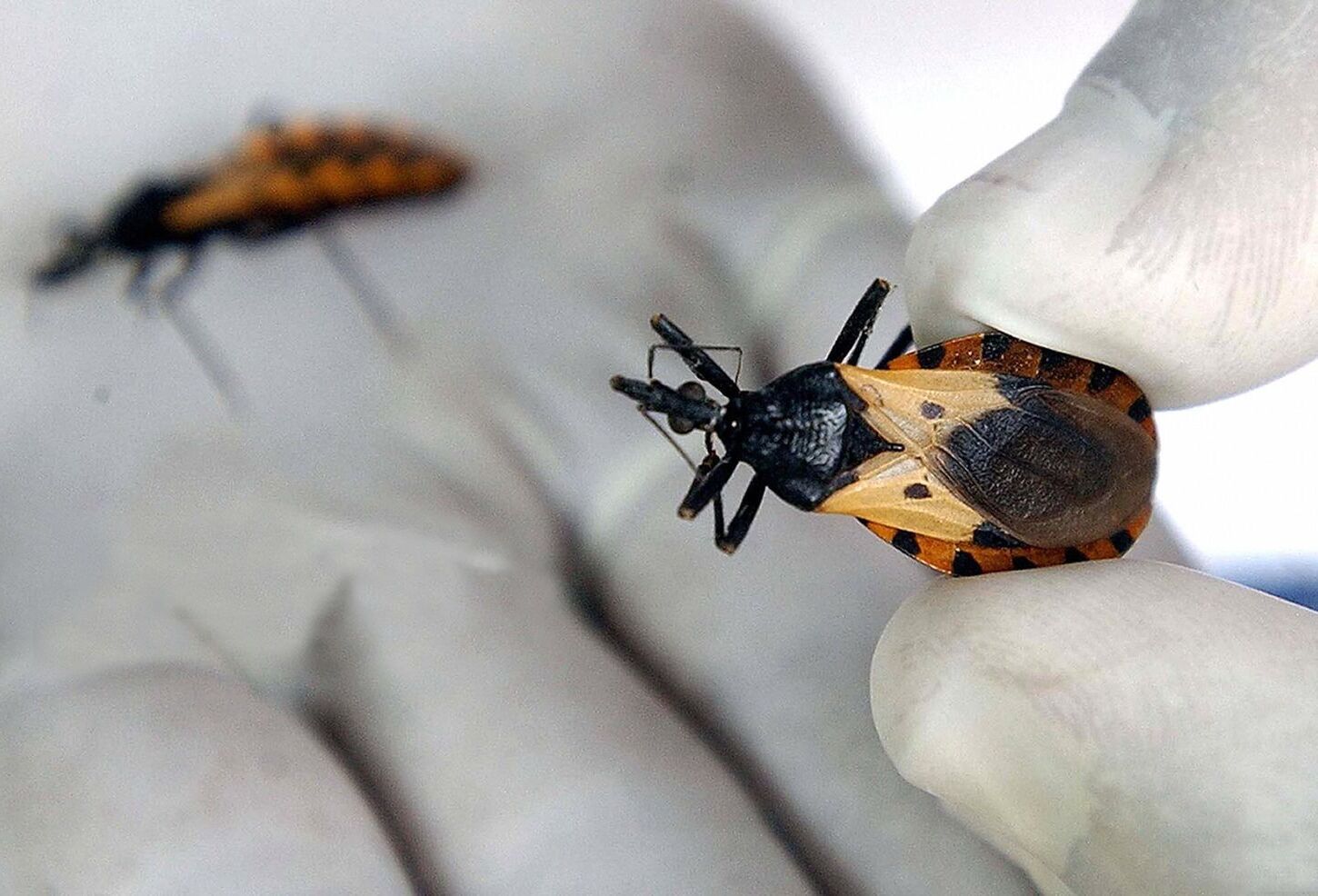
Ever eaten fish and felt sick afterward? You might have experienced Ciguatera Fish Poisoning (CFP). This illness comes from eating tropical reef fish contaminated with ciguatoxins. These toxins, produced by tiny marine organisms called dinoflagellates, build up in larger fish like barracuda, grouper, and snapper. Symptoms can range from nausea and vomiting to strange sensations like feeling hot when touching something cold. While cooking or freezing the fish won't destroy the toxins, knowing which fish to avoid can help. Ciguatera is most common in tropical areas but can affect anyone who eats contaminated fish. Let's dive deeper into this fascinating and important topic.
Key Takeaways:
- Ciguatera Fish Poisoning is caused by eating contaminated tropical reef fish and can lead to a range of symptoms, including gastrointestinal issues and neurological abnormalities. It's most common in tropical and subtropical regions.
- Prevention is key to avoiding Ciguatera Fish Poisoning. Educating the public about the risks associated with consuming certain types of fish and avoiding large predatory reef fish can help reduce the incidence of this illness.
What is Ciguatera Fish Poisoning?
Ciguatera fish poisoning (CFP) is a foodborne illness caused by eating tropical reef fish contaminated with ciguatoxins. These toxins are produced by tiny marine organisms called dinoflagellates. Let's dive into some key facts about this condition.
- Definition: Ciguatera fish poisoning is a foodborne illness caused by eating tropical reef fish contaminated with ciguatoxins.
- Causative Toxins: The primary toxins responsible for ciguatera are ciguatoxins, which are produced by dinoflagellates of the genus Gambierdiscus.
- Food Chain: Ciguatoxins accumulate through the food chain, from small herbivorous fish grazing on coral reefs to larger carnivorous fish that feed on them.
Where is Ciguatera Most Common?
Ciguatera is most prevalent in certain regions around the world. Understanding where it is commonly found can help in avoiding contaminated fish.
- Endemic Areas: Ciguatera is most commonly found in tropical and subtropical Pacific and Indian Ocean insular regions, as well as the tropical Caribbean.
- Global Prevalence: Ciguatera is the most common type of marine food poisoning worldwide, affecting approximately 10,000 to 50,000 people annually.
- Historical Records: The first recorded cases of ciguatera date back to the 16th century, with reports from the West Indies, Indian Ocean, and Pacific Ocean.
- Name Origin: The term "ciguatera" was derived from the Spanish word "cigua," which refers to an univalve mollusk known to cause indigestion.
Symptoms of Ciguatera Fish Poisoning
The symptoms of ciguatera fish poisoning can be quite varied, affecting multiple systems in the body. Here are some of the common and not-so-common symptoms.
- Symptoms: Symptoms of ciguatera fish poisoning include gastrointestinal issues like nausea, vomiting, diarrhea, and abdominal cramps, as well as neurologic symptoms such as numbness or tingling in the fingers and toes, and reversal of temperature sensation.
- Neurological Effects: Neurological abnormalities can include peri-oral paresthesias, a metallic taste in the mouth, painful dentition, and temperature-related dysesthesias (cold stimuli perceived as hot).
- Cardiovascular Effects: Less commonly, cardiovascular symptoms such as bradycardia, heart block, and hypotension may occur.
- Duration of Symptoms: Gastrointestinal symptoms typically resolve within 24 to 48 hours, while neurologic abnormalities can persist for several weeks.
- Exacerbating Factors: Ingestion of alcohol, caffeine, nuts, or fish, as well as excessive physical exertion, can exacerbate or trigger recurrence of ciguatera toxicity.
Diagnosing and Treating Ciguatera
Diagnosing ciguatera can be tricky since there are no specific tests. Treatment mainly focuses on managing symptoms.
- Diagnosis: There is no clinical test available to diagnose ciguatera fish poisoning. Diagnosis is made based on clinical criteria, including the patient's history of eating tropical reef fish and the presence of characteristic symptoms.
- Prevalence in California: Ciguatera is uncommon in California, with only one to two cases reported each year, although there may be more unreported cases.
- Seasonal Variation: Ciguatera occurs more frequently in the summer months worldwide.
- Risk Areas: Areas known for toxic fish include South Florida, the Bahamas, the U.S. and British Virgin Islands, Puerto Rico, and Hawaii.
- Fish Species: Common offenders include barracuda, snapper, jacks, grouper, humphead wrasse, lionfish, hogfish, kingfish, parrotfish, surgeonfish, rock hind, triggerfish, bigeye trevally, moray eel, and certain sharks.
- Toxin Accumulation: The toxins accumulate in the organs and flesh of large predatory reef fish, making them the primary source of ciguatera poisoning.
- Toxin Stability: Ciguatoxins are odorless, tasteless, and colorless, and cannot be detected by sight, taste, or smell. They are also temperature stable and cannot be destroyed by cooking, freezing, salting, drying, smoking, or marinating.
How Ciguatera Affects the Body
Understanding how ciguatera toxins affect the body can help in recognizing and managing symptoms.
- Pathogenesis: The toxins are formed by dinoflagellates of the genus Gambierdiscus, which grow on and around coral reefs. These toxins are then concentrated in the organs and flesh of large predatory reef fish.
- Global Distribution: Ciguatera cases have been reported in various parts of the world, including the United States, Europe, and Asia, due to increased seafood trade and international tourism.
- Underreporting: The actual number of cases may be higher due to underreporting and missed diagnoses.
- Epidemiology: Approximately 16,000 cases occur annually in the United States, resulting in more than 300 hospitalizations but fewer than five deaths.
- Clinical Manifestations: The clinical manifestations of ciguatera fish poisoning can vary but typically include gastrointestinal symptoms such as gastroenteritis, vomiting, diarrhea, and abdominal cramping.
- Neurological Symptoms: Neurological symptoms include peri-oral paresthesias, a metallic taste in the mouth, painful dentition, and temperature-related dysesthesias.
- Cardiovascular Symptoms: Less commonly, cardiovascular symptoms such as bradycardia, heart block, and hypotension may occur.
- Treatment: There is no specific treatment for ciguatera fish poisoning. Management typically involves supportive care to alleviate symptoms and prevent complications.
Preventive Measures and Public Awareness
Prevention is key when it comes to ciguatera fish poisoning. Knowing which fish to avoid and educating the public can make a big difference.
- Preventive Measures: Preventive measures include avoiding the consumption of large predatory reef fish, especially those caught in areas known for frequent occurrence of ciguatoxin intoxication.
- Education: Educating the public about the risks associated with eating certain types of fish can help reduce the incidence of ciguatera poisoning.
- Screening Tests: The use of animal screening tests is one of the tools available to prevent intoxication by identifying potentially toxic fish.
- Sport Fishing: The majority of ciguatera cases originate from sport fishing activities, highlighting the need for awareness among recreational fishermen.
- Fish Size: While larger fish are more likely to contain significant amounts of toxin, empirical studies have not consistently supported this assumption.
- Toxin Effects on Embryos: Studies have shown that ciguatoxin can have adverse effects on fish embryos, including tachycardia and lethal spinal defects.
- Ecological Impact: The proliferation of ciguatoxin-producing algae in reef systems can have ecological consequences, including reproductive success issues in reef fish.
- Red Tide: Unlike shellfish poisonings, ciguatera does not have a visible surface phenomenon like red tide, making it difficult to detect.
Notable Outbreaks and Sensitization
Ciguatera has caused several notable outbreaks and can lead to sensitization, where previously affected individuals experience symptoms again.
- Historical Outbreaks: Notable outbreaks include a 1998 dinner party in Houston, Texas, where two attendees developed severe gastrointestinal and neurological symptoms after consuming snapper and barracuda fillets.
- Sensitization: Ciguatera sensitization occurs when people previously intoxicated with ciguatoxin suffer a recurrence of typical symptoms after ingesting fish that do not cause symptoms in ciguatoxin-naive individuals.
Scientific Insights into Ciguatera
Scientific research has provided valuable insights into how ciguatera toxins affect the body and how they can be managed.
- Channelopathies: Ciguatoxins generally produce channelopathies affecting voltage-sensitive sodium channels and calcium and potassium channels.
- Nerve Conduction: Significant slowing of sensory and motor nerve conduction velocities and F-wave latencies with prolongation of the absolute refractory and supernormal periods has been demonstrated in ciguatera poisoning.
- Recurrent Symptoms: Ingestion of certain foods or activities like alcohol consumption, caffeine intake, or excessive physical exertion can trigger recurrence of ciguatera toxicity.
- Long-Term Effects: Some individuals may experience long-term effects or relapse of symptoms after exposure to certain foods or toxins.
- Geographical Spread: Ciguatera cases have been reported in various geographical locations, including the Canary Islands, New York City, northern Germany, and Paris, due to the global seafood trade and tourism.
- Public Health Concern: Ciguatera fish poisoning constitutes a significant public health concern globally due to its widespread distribution and potential for severe symptoms.
- Research Needs: Further research is needed to better understand the pathogenesis of ciguatera, develop diagnostic tools, and improve preventive measures to reduce the incidence of this disease.
- Global Health Problem: Ciguatera fish poisoning is a global health problem that requires international cooperation and awareness to mitigate its impact on public health.
Final Thoughts on Ciguatera Fish Poisoning
Ciguatera fish poisoning is a serious foodborne illness caused by eating tropical reef fish contaminated with ciguatoxins. These toxins, produced by dinoflagellates, accumulate in large predatory fish like barracuda, grouper, and snapper. Symptoms range from gastrointestinal issues to neurological and cardiovascular effects, making it a complex condition to manage. While there's no specific treatment, supportive care can help alleviate symptoms. Preventive measures, such as avoiding certain fish species and educating the public, are crucial. Despite being most common in tropical regions, ciguatera has a global impact due to seafood trade and tourism. Awareness and research are key to reducing its incidence and improving patient outcomes. Stay informed and cautious when consuming reef fish to avoid this potentially debilitating illness.
Frequently Asked Questions
Was this page helpful?
Our commitment to delivering trustworthy and engaging content is at the heart of what we do. Each fact on our site is contributed by real users like you, bringing a wealth of diverse insights and information. To ensure the highest standards of accuracy and reliability, our dedicated editors meticulously review each submission. This process guarantees that the facts we share are not only fascinating but also credible. Trust in our commitment to quality and authenticity as you explore and learn with us.


